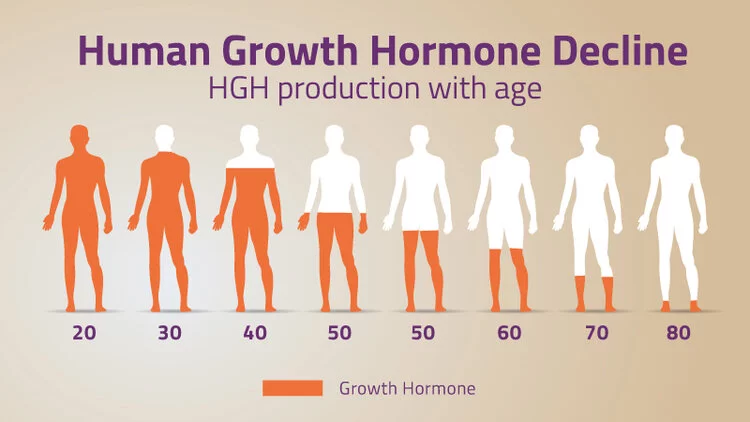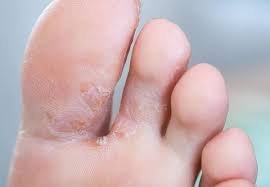You’ve probably heard of stem cell therapy, but what is it? Stem cell therapy is a type of regenerative medicine that uses stem cells to repair or replace damaged tissue. It’s an exciting area of medicine with the potential to help people with a variety of conditions. In this post, we’ll explore how stem cell therapy can help you. We’ll discuss the different types of stem cells and how they can be used to treat conditions like Alzheimer’s disease, heart disease, and more. We’ll also talk about the potential risks and side effects of stem cell therapy.
What is stem cell therapy?
Stem cell therapy is a type of regenerative medicine that uses stem cells to repair or replace damaged tissue. Unlike other cell therapies, stem cells can self-renew and differentiate into multiple cell types, making them ideal for treating a wide range of diseases and injuries.
There are two main types of stem cells: embryonic stem cells and adult stem cells. Embryonic stem cells are derived from early stage embryos and have the ability to differentiate into any cell type in the body. Adult stem cells are found in various tissues throughout the body and can only differentiate into a limited number of cell types.
The most common type of stem cell therapy used today is bone marrow transplantation, which involves replaces damaged or diseased bone marrow with healthy bone marrow from a donor. This procedure has been successfully used to treat leukemia and other blood disorders for over 50 years.
More recently, scientists have begun to harness the power of embryonic and adult stem cells to treat a variety of other diseases and injuries, including heart disease, diabetes, Alzheimer’s disease, Parkinson’s disease, spinal cord injury, and cerebral palsy. While there is still much research to be done in this area, early results are promising and scientists are hopeful that stem cell therapy will one day provide cure for many currently incurable diseases.
How does stem cell therapy work?
Stem cells are the building blocks of our bodies and have the ability to regenerate and repair damaged tissues. When stem cells are injected into an injured area, they release growth factors that promote healing and regeneration.
Stem cell therapy is a safe and effective treatment for a variety of injuries and conditions. The stem cells are injected into the injured area, where they begin to repair and regenerate damaged tissue. In most cases, stem cell therapy can help the body heal itself without surgery or other invasive procedures.
Studies have shown that stem cell therapy can be effective in treating a variety of injuries, including:
* Achilles tendon injuries
* Knee injuries
* Rotator cuff tears
* Hip injuries
* Back pain
* Shoulder pain
What conditions can stem cell therapy treat?
Stem cell therapy can be used to treat a wide variety of conditions, including:
-Cancer
-Heart disease
-Parkinson’s disease
-Alzheimer’s disease
-Spinal cord injuries
-Muscular dystrophy
What are the benefits of stem cell therapy?
The potential benefits of stem cell therapy are vast. In theory, stem cell therapy could be used to treat any number of conditions, diseases, and injuries. Some of the more promising applications of stem cell therapy include:
-Treating chronic diseases like diabetes, heart disease, and Alzheimer’s
-Regenerating damaged tissue and organs
-Repairing spinal cord injuries
-Relieving arthritis pain
While stem cell therapy is still in its early stages of development, the potential benefits are extremely promising. If you are considering stem cell therapy for yourself or a loved one, be sure to consult with a qualified healthcare professional to discuss all your options.
How to find a reputable stem cell therapy clinic
When exploring stem cell therapy as a treatment option, it is important to choose a reputable clinic. There are many clinics that offer stem cell therapy, but not all of them are reputable. Here are some tips for finding a reputable stem cell therapy clinic:
1. Do your research. Make sure to read up on stem cell therapy and understand the risks and benefits before making any decisions.
2. Ask around. Talk to friends, family, and your doctor to see if they have any recommendations for reputable stem cell therapy clinics.
3. Check credentials. When you’ve narrowed down your options, be sure to check that the clinic is accredited and that the staff are properly trained and qualified.
4. Get a second opinion. Once you’ve decided on a particular clinic, get a second opinion from another doctor to make sure that it’s the right decision for you.




